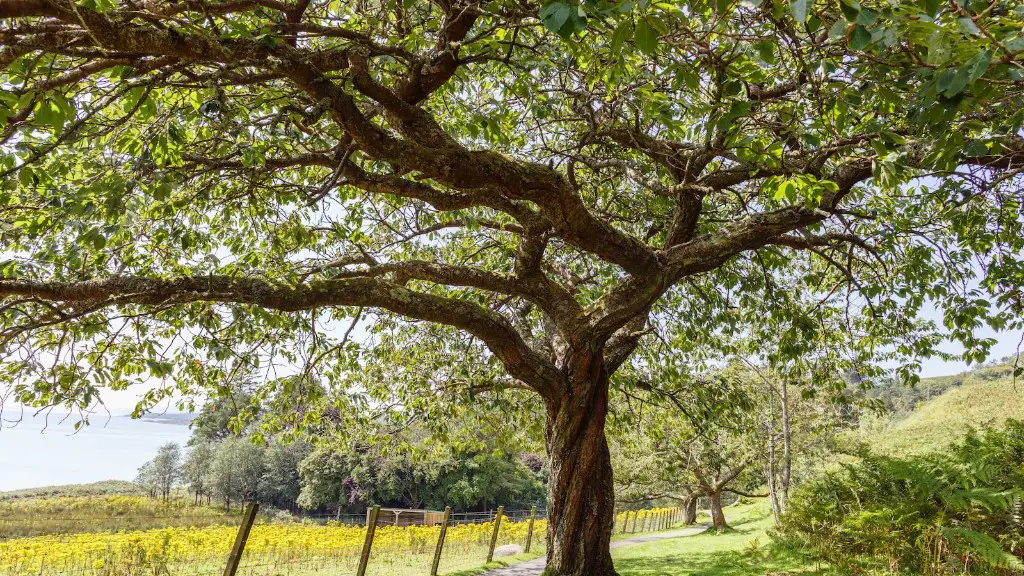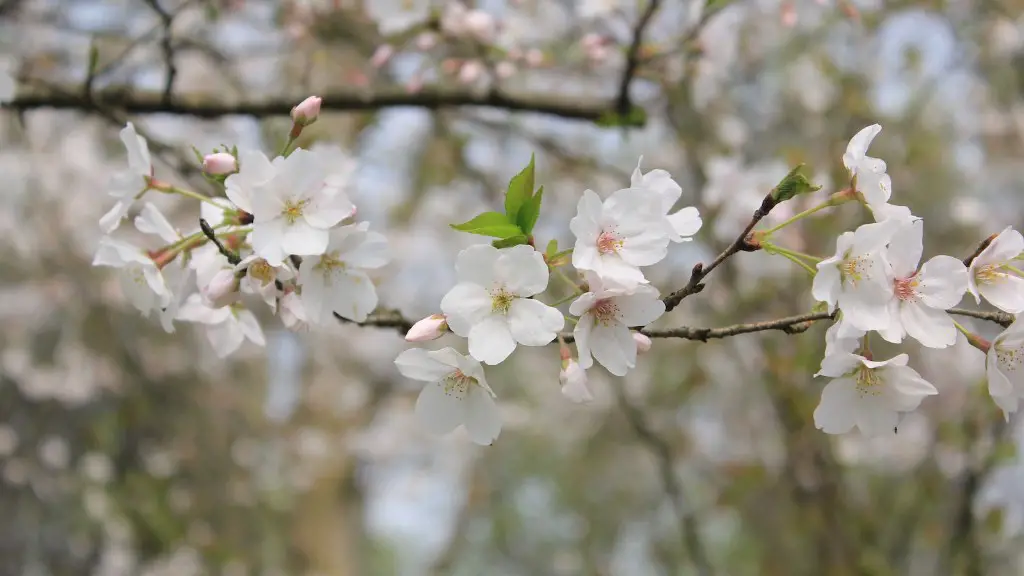What is Eating My Lemon Tree Branches? Many people have noticed that the branches on their lemon trees are slowly being nibbled away. But what is the culprit? The answer is a wide variety of animals and bugs, but the most common is the citrus long-horned beetle. This beetle is an invasive species that feeds on the leaves, twigs and branches of lemon trees, as well as other types of citrus and deciduous trees. They also lay eggs, which will hatch into larvae within the branch and continue to feed, resulting in branch dieback.
The citrus long-horned beetle can vary in size, but is usually between three and five millimetres long. The larvae is white and segmented, while the adults are black and have long, curved antennae. But their most distinguishing feature is the two brown and white stripes that run along their wings.
The first sign of a citrus long-horned beetle infestation is a “sawdust-like” material on the ground around the base of the lemon tree. This is a result of the adult beetles tunneling into the branch and laying eggs. Other signs of an infestation include branch dieback and wilting foliage.
In order to stop an infestation and protect the lemon tree, homeowners must act quickly. Firstly, remove any affected branches and dispose of them safely. Secondly, spray the tree with an insecticide specially formulated to target the citrus long-horned beetle. Finally, the infected area needs to be monitored regularly to make sure that the infestation has been contained.
While it can be disheartening to see a tree’s branches being nibbled away, understanding what is causing the damage and taking steps to protect the tree can make a huge difference in preventing further damage.
What Are the Causes of Citrus Long-horned Beetle Infestations?
Citrus long-horned beetles can only enter a tree’s branches when they lay eggs, so the cause of infestations is often linked to open wounds or damage. These open wounds create a vulnerable entry point for the beetles, which can then tunnel into the wood and lay eggs.
These wounds can be caused by a variety of factors, such as severe weather that can damage branches, pruning that goes too deep, and broken branches left to rot. With this in mind, it’s important to take care when pruning trees and to remove any debris or broken branches as soon as possible.
Another cause of infestations is the presence of other types of pests. For example, spiders, mites, ants and other insects that inhabit trees can attract citrus long-horned beetles due to their presence. This is why it’s important to treat any potential pest issues as soon as possible.
Finally, the presence of other trees in the vicinity can also attract citrus long-horned beetles. This is because they often target the same type of trees, meaning that if a healthy tree is nearby, it could be the target of an infestation.
How to Prevent Citrus Long-horned Beetle Infestations
In order to protect a lemon tree (or any other type of tree) from a citrus long-horned beetle infestation, there are a few preventative measures that can be taken. Firstly, it’s important to regularly inspect the tree for any signs of damage or debris, and to promptly remove anything that may be promoting an infestation. Secondly, it’s important to prune the tree properly to avoid any wounds or open areas that could provide an entry point for the beetle.
Appropriate watering and fertilization is also important; healthy trees are far less likely to attract beetles. Finally, if a neighboring tree has an infestation, it’s important to take steps to contain it, as citrus long-horned beetles can easily spread from one tree to another.
How to Treat Citrus Long-horned Beetle Infestations
If an infestation is detected, the first step is to remove any infested branches and dispose of them safely. Once the infested branches have been removed, an insecticide, preferably one specifically designed for treating citrus long-horned beetle, should be applied to the tree. The insecticide should be applied to the entire tree, including the trunk and branches, and allowed to soak in, as citrus long-horned beetles can lay their eggs in the bark of the tree as well.
After the insecticide has been applied, it is important to monitor the tree regularly to make sure that the infestation is contained. Finally, additional insecticides may be necessary if the infestation is not contained within a reasonable time.
Natural Predators and Damage Repair
Fortunately, citrus long-horned beetles have natural predators such as wasps, beetles, birds and spiders that can help to keep their population in check. These predators can help to reduce a potential infestation and prevent it from taking hold. Additionally, it may be possible to attract or introduce these predators to the area in order to help prevent or contain an infestation.
Another way to help protect the tree is to prune away any damaged branches and allow the tree to repair itself. This can help to reduce the risk of further infestation, as healthy branches are far less vulnerable to attack. It’s important to be careful when pruning, however, as too much pruning can damage the tree and create an entry point for a beetle infestation.
Finally, keeping the area around the tree clean and free from debris can also help to reduce the chances of a beetle infestation. This includes removing old leaves and branches, as these can provide a place for insects to hide and potentially attract beetles.
Managing Citrus Long-horned Beetles
In most cases, managing a citrus long-horned beetle infestation can be relatively simple. The key is to act quickly and to ensure that any damaged branches are removed and disposed of safely. Additionally, insecticides can be used to protect the tree, while natural predators can help to keep the beetle population in check.
Finally, it’s important to monitor the tree regularly, as well as to keep the area around the tree clean and free from debris. This can help to reduce the chances of an infestation and keep the tree healthy in the long-term.



